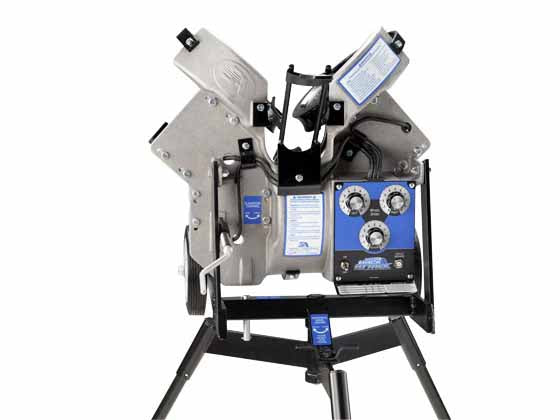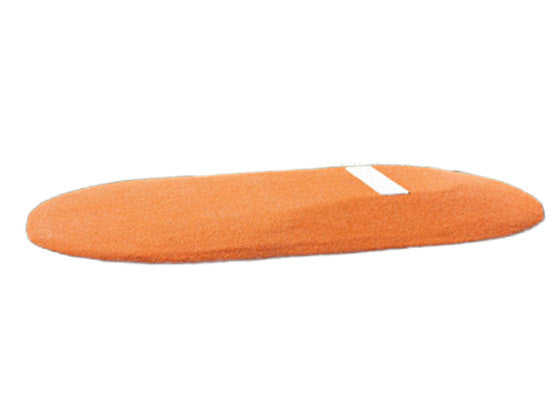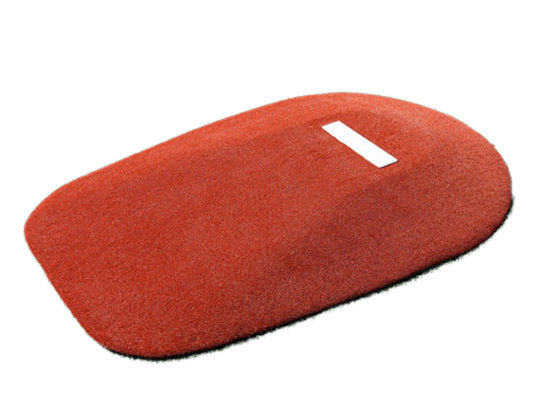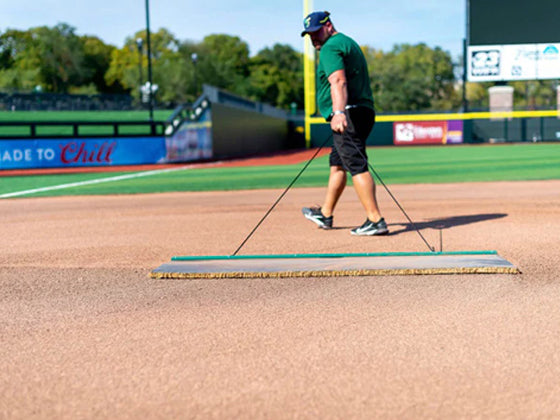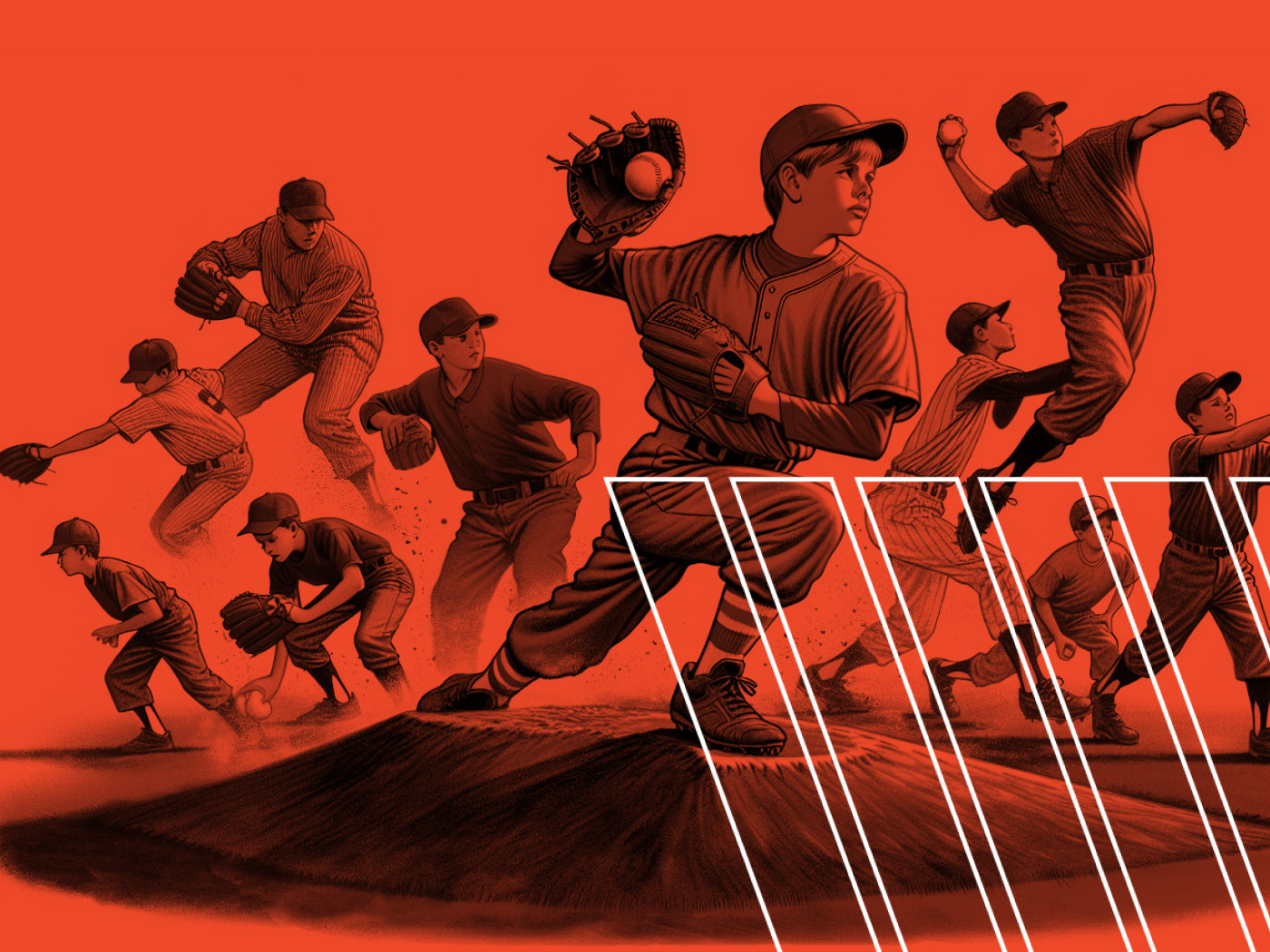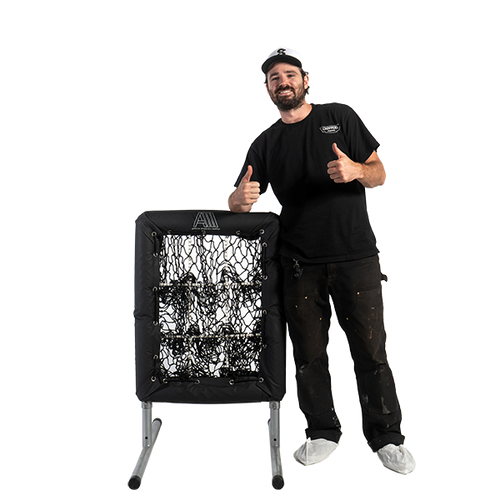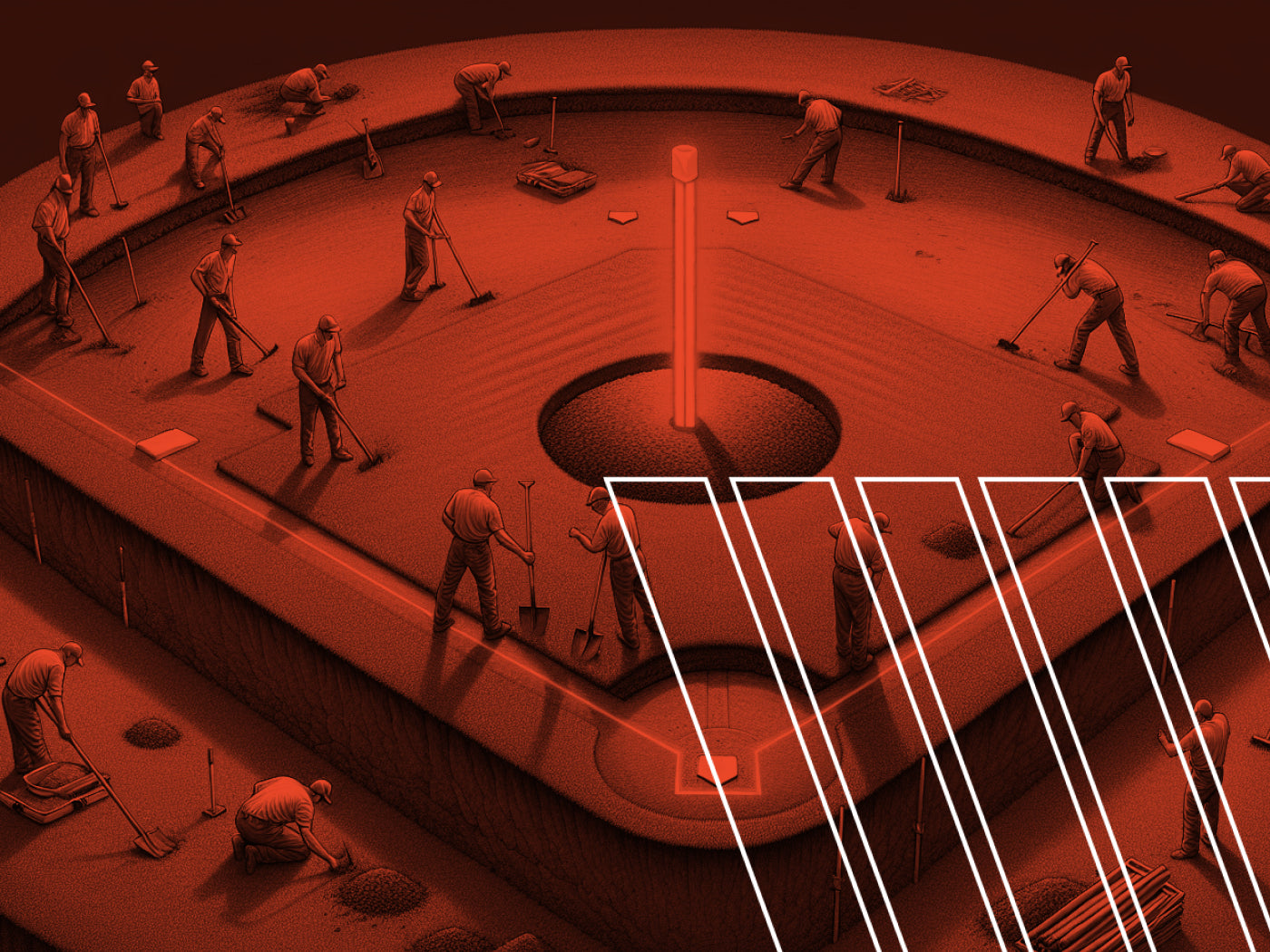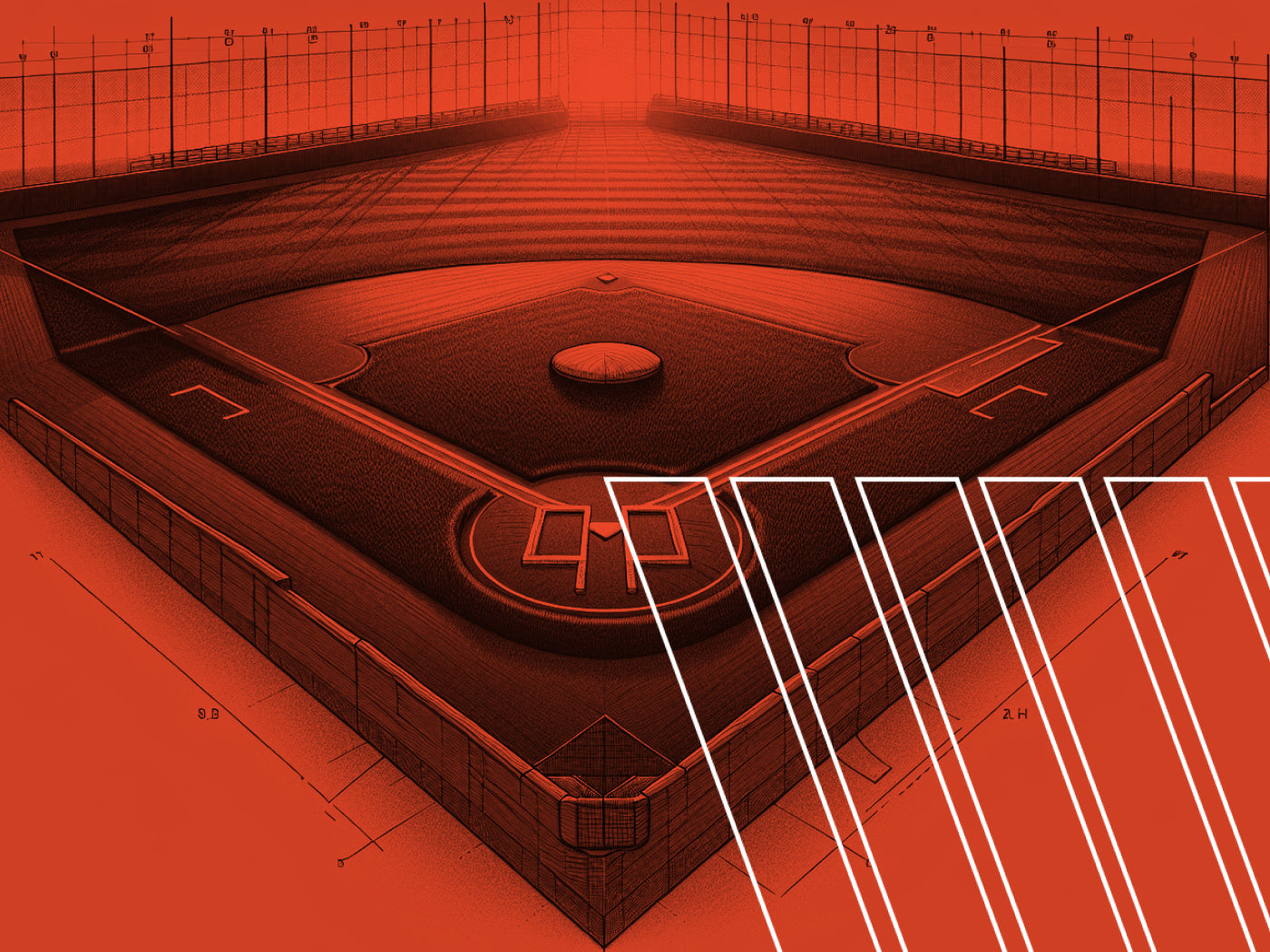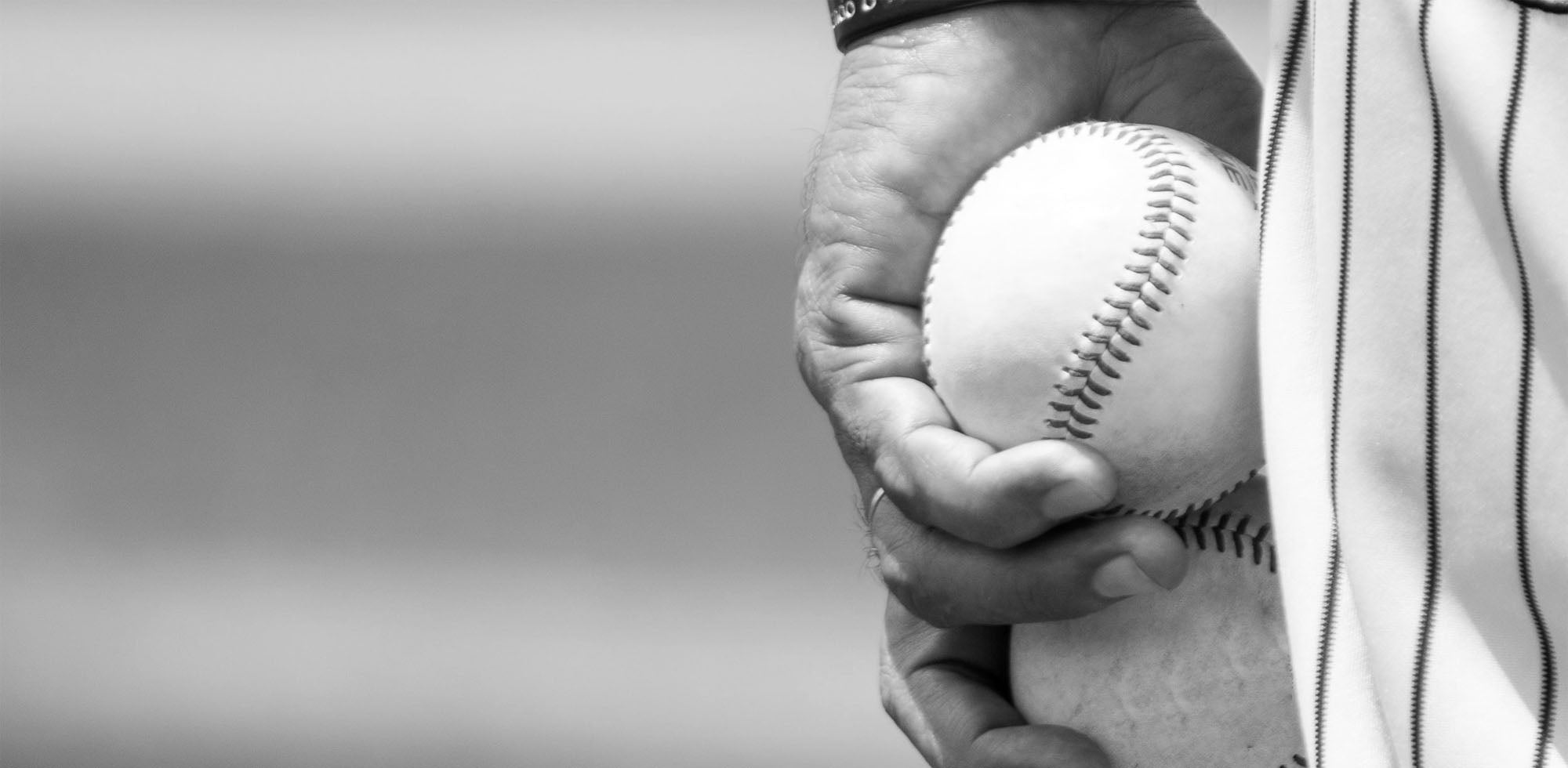Understanding Pitching Mound Distances for All Baseball Leagues
Pitching mound distances set the stage for baseball. The stare down between the pitcher and batter takes place here. The crowd watches on and the game is determined by what happens in the part of the baseball field. In this article, we explore how these distances differ from youth to professional leagues and their significant role in baseball’s competitive balance and player safety.
Key Takeaways
-
The standard pitching mound distance in Major League Baseball is 60 feet, 6 inches, while youth leagues have varying distances to accommodate the growth and development of young players, with Little League pitching distances as short as 46 feet.
-
Accurate pitching mound measurements, including the rubber’s levelness and the mound’s consistent slope of one inch per foot from the rubber to the landing area, are critical for preventing injuries and ensuring optimal pitcher performance.
-
Transitioning to higher levels of play, such as high school and college, involves standardizing the pitching distance to 60 feet, 6 inches and adjusting to other field changes, with practice equipment available to help players adapt to these changes.
Pitching Mound to Home Plate Distances by League
| League | Distance Between Bases | Pitching Distance | Home Plate to Center of 2nd Base | Tip of Home to 1st/3rd |
|---|---|---|---|---|
| Palomino | 80 Feet | 54 Feet | 113 Feet, 2 Inches | 79 Feet, 4.5 Inches |
| Colt | 90 Feet | 60 Feet, 6 Inches | 127 Feet, 3 Inches | 89 Feet, 4.5 Inches |
| Sr. Colt | 90 Feet | 60 Feet, 6 Inches | 127 Feet, 3 Inches | 89 Feet, 4.5 Inches |
| T-Ball | 60 Feet | 42 Feet | 84 Feet, 10 Inches | 59 Feet, 4.5 Inches |
| Pinto | 60 Feet | 38 Feet | 84 Feet, 10 Inches | 59 Feet, 4.5 Inches |
| Farm | 60 Feet | 40 Feet | 84 Feet, 10 Inches | 59 Feet, 4.5 Inches |
| Stallion | 60 Feet | 44 Feet | 84 Feet, 10 Inches | 59 Feet, 4.5 Inches |
| T-Bred | 70 Feet | 48 Feet | 99 Feet | 69 Feet, 4.5 Inches |
Travel Field Dimensions
| Team | Distance Between Bases | Pitching Distance |
|---|---|---|
| U8 | 60 Feet | 42 Feet |
| U9 | 60 Feet | 44 Feet |
| U10 | 65 Feet | 46 Feet |
| U11 | 70 Feet | 48 Feet |
| U12 | 70 Feet | 50 Feet |
| U13 | 80 Feet | 54 Feet |
| U14 | 90 Feet | 60 Feet 6 Inches |
Quick Answer: Standard Pitching Mound Distances

In Major League Baseball, the pitcher’s mound is situated 60 feet, 6 inches away from home plate. This might seem like a random number, but it’s a carefully calibrated distance designed to balance the game between the pitcher and the batter. Too close, and the batter won't have enough time to react and swing. Too far, and the pitcher is handicapped by the sheer distance in which he has to throw. 60' 6" is just right for professionals.
However, this distance differs in youth leagues. In Little League divisions Major and below, the pitching mound is 46 feet from home plate. The Intermediate (50/70) Baseball Division employs a distance of 50 feet. For Junior and Senior League divisions, the standard pitching distance is the same as the Major League, 60 feet, 6 inches, with the Junior League offering an optional 54 feet.
The Essentials of Pitching Mound Measurements
Precise pitching mound measurements are essential to the game. They ensure that pitchers do not alter their throwing mechanics, thus preventing arm wear and injuries. Pitchers need to be familiar with the exact field dimensions to optimize their gameplay and strategy.
Let’s break down these proper dimensions measurements.
Measuring from the Rubber to Home Plate
When measuring the pitching distance, it’s important to:
-
Use a steel tape to accurately measure the distance from the apex of home plate to the front center of the pitching rubber.
-
Ensure that the pitching rubber is level in both side-to-side and front-to-back directions.
-
Square the pitching rubber correctly to home plate.
Understanding the Slope of the Mound

The slope of the mound is another critical aspect of pitching mound construction. A consistent slope from the edge of the pitcher’s mound to the landing area is crucial to mitigate injury risks and enhance pitcher performance.
Now, you might be wondering what exactly is a “consistent slope”? A properly constructed pitcher’s mound has a descending slope of one inch per foot from the front edge of the pitcher’s mound to the landing area. This decline in height begins from the front side of the pitcher’s table.
Diving into Major League Standards
Let’s take a closer look at the Major League standards. The pitcher’s mound in Major League Baseball is:
-
a leveled circle with an 18-foot diameter
-
the top of the pitcher’s rubber is elevated 10 inches above home plate
-
this mound consists of a rubber that is 24 inches by 6 inches, and a level plateau measuring 5 feet by 3 feet.
These mounds are not just dirt piles. They’re carefully constructed with high clay content soil, compacted in both the table and landing areas for enhanced solidity and durability.
The standard distance from the pitcher’s rubber to home plate in Major League Baseball is set at 60 feet, 6 inches, ensuring the same distance for a crucial dimension in professional play.
Youth Leagues and Developing Players
As young players grow and develop, it’s essential to gradually transition them to the standard Major League pitching distance. In USSSA youth baseball, different age groups (8U, 10U, 12U, and 14U) have different pitching distances, helping young pitchers adjust and prepare for the big league.
Little League: Building Fundamentals

In the world of Little League pitching mounds and other youth baseball organizations, field sizes and pitching distances are adapted for players up to 12 years old, depending on age and skill level. For instance, in Major Division and below, Little League sets the pitching distance at 46 feet, with basepaths of 60 feet.
What about the younger ones? Tee Ball divisions within Little League offer a choice to use a 50-foot diamond. During the regular season, the intermediate (50/70) Baseball Division in Little League allows for a pitching distance of 50 feet. These adjustments ensure that young players build the right fundamentals before moving on to the higher levels.
Transitioning to the Big Diamond
Transitions are never easy, and it’s no different on the baseball field. Moving to larger fields used in high school and beyond, young players face increased distances for throwing and outfield hits no longer travel as far due to increased outfield dimensions.
Other aspects of the game also change. Base stealing becomes more prominent on the larger fields, as catchers are required to throw more than 120 feet to second base and 90 feet to third base. Youth players must learn to take proper leads off bases on the bigger fields to enhance their chances of scoring. This transition requires both physical and mental adjustments, especially for youth pitchers, who must deal with the challenge of pitching from 60 feet 6 inches and navigating the longer base paths.
High School and College: Preparing for the Big Leagues

When players reach high school and college level, they are one step closer to the big leagues. The pitching distances are standardized at 60 feet 6 inches, consistent with professional baseball standards. The pitcher’s mound on a regulation baseball diamond has an 18-foot diameter with a ‘table’ that is 5 feet by 34 inches, and the pitcher’s plate is 6 inches by 24 inches.
Interestingly, the height of the pitcher’s mound for high school and college was established at 10 inches in 1969 and has been maintained since. Just imagine, decades of players have stepped onto the mound at this precise height, etching their mark in the annals of baseball history.
Practice Makes Perfect: Training Equipment
Practice is key to mastering any skill, and baseball is no different. Advanced pitching machines from Anytime Baseball Supply offer customization options such as pitch type, speed, and trajectory, simulating various pitches by adjusting wheel speeds and machine angles. Perfect your swing at our batting cages to make the most of these advanced features during your practice time.
The company also provides portable turf mounds with dimensions mimicking a major league mound. These training tools aid high school players in adjusting to larger pitching distances, making practice sessions more realistic and effective. Remember, the right training equipment can make all the difference in your performance on the field.
Kevin King's Expert Insights
Who better to guide us through the intricacies of pitching mound distances than Kevin King, the respected founder of Anytime Baseball Supply and a senior contributor to the Daily Diamond blog? Kevin’s passion for baseball took root in his childhood, following the Los Angeles Dodgers, and has manifested in his adult life through his sponsorship of a little league team, providing budding players with uniforms and essential equipment.
Demonstrating a commitment to staying well-informed and influencing the industry, Kevin actively engages with the baseball community by participating in major baseball trade shows and keeping on the latest baseball tech. His expertise and insights have made this journey into the world of pitching mound distances a unique and enriching experience.
Summary
As we round the bases and head for home, it’s clear that the world of pitching mound distances is rich with nuance. Understanding these distances and their significance is crucial for the performance and safety of pitchers. Whether it’s the Major League’s 60 feet 6 inches, or the Little League’s 46 feet, these measurements play a central role in the game we all love.
For baseball field dimensions and softball field dimensions for all leagues check out these guides here.
So, the next time you step onto the mound, remember the complexity and precision that goes into its construction. It’s not just a mound of dirt - it’s a testament to the beautiful intricacy of baseball. Here’s to mastering your pitch and hitting a home run!
Frequently Asked Questions
How to measure mound distance?
To measure the distance of the mound, measure a straight line from the apex to the center of second base, and then square up the pitching rubber by measuring equal distances from the front corners of home plate to the corresponding corners on the pitching rubber.
Why is it 60 feet 6 inches?
The distance of 60 feet 6 inches was established in 1893 as a result of efforts to balance the competition between pitchers and batters, providing batters with more time to react and avoiding constant strikeout games. The change was influenced by the need to address declining batting averages and the advantage gained by pitchers.
How does the pitching mound distance vary in youth leagues?
In youth leagues, the pitching mound distance varies based on the division. It is 46 feet in Little League Major and below, 50 feet in Intermediate (50/70) Baseball Division, and 60 feet 6 inches in Junior and Senior League divisions.
What training equipment can help improve pitching skills?
To improve pitching skills, consider using advanced pitching machines and portable practice mounds available at Anytime Baseball Supply. These tools can be instrumental in refining pitching technique.
Who is Kevin King?
Kevin King is the founder of Anytime Baseball Supply and a senior contributor to the Daily Diamond blog, with a wealth of industry experience and a strong passion for baseball.

 Contact Us
Contact Us